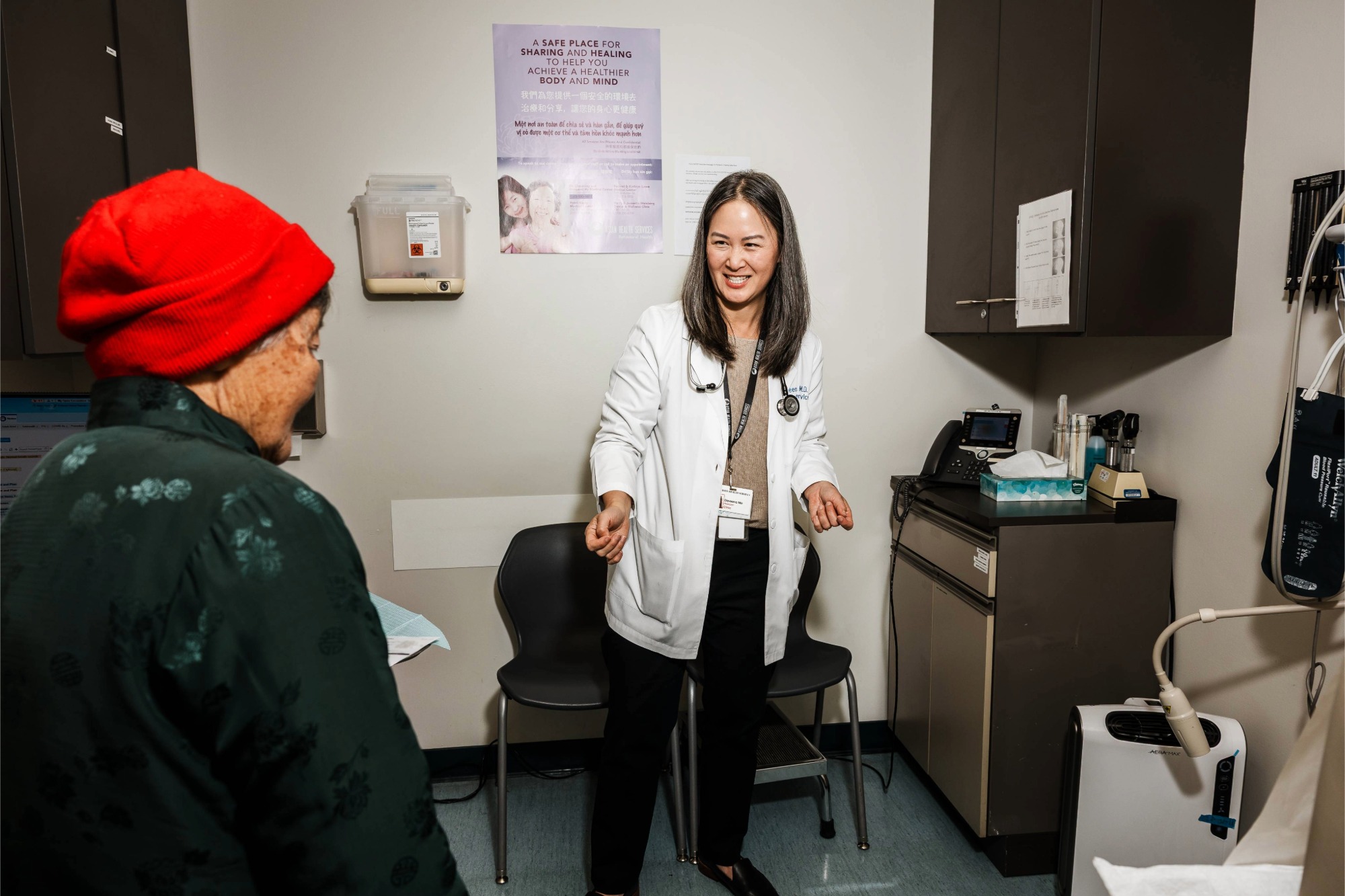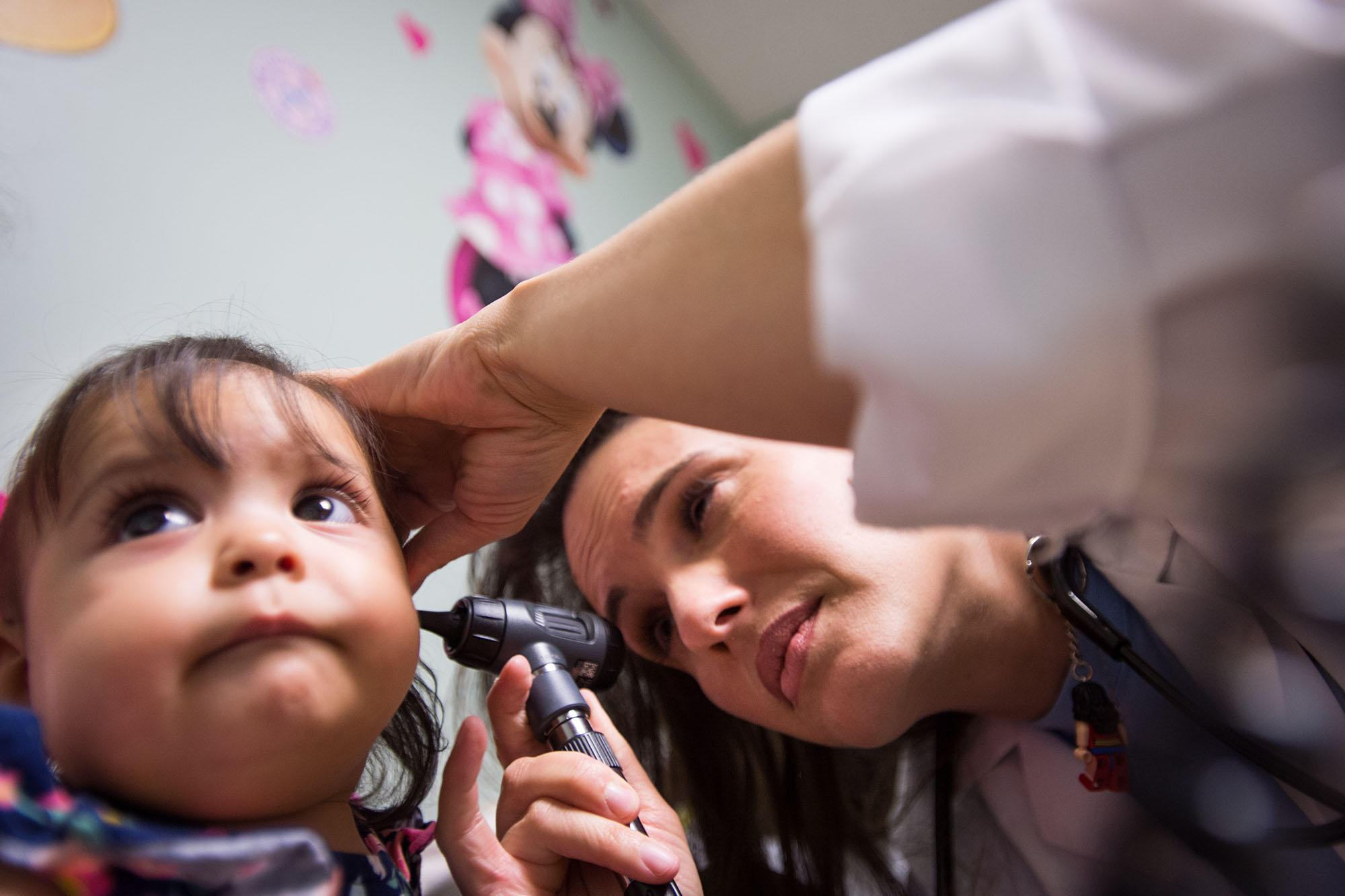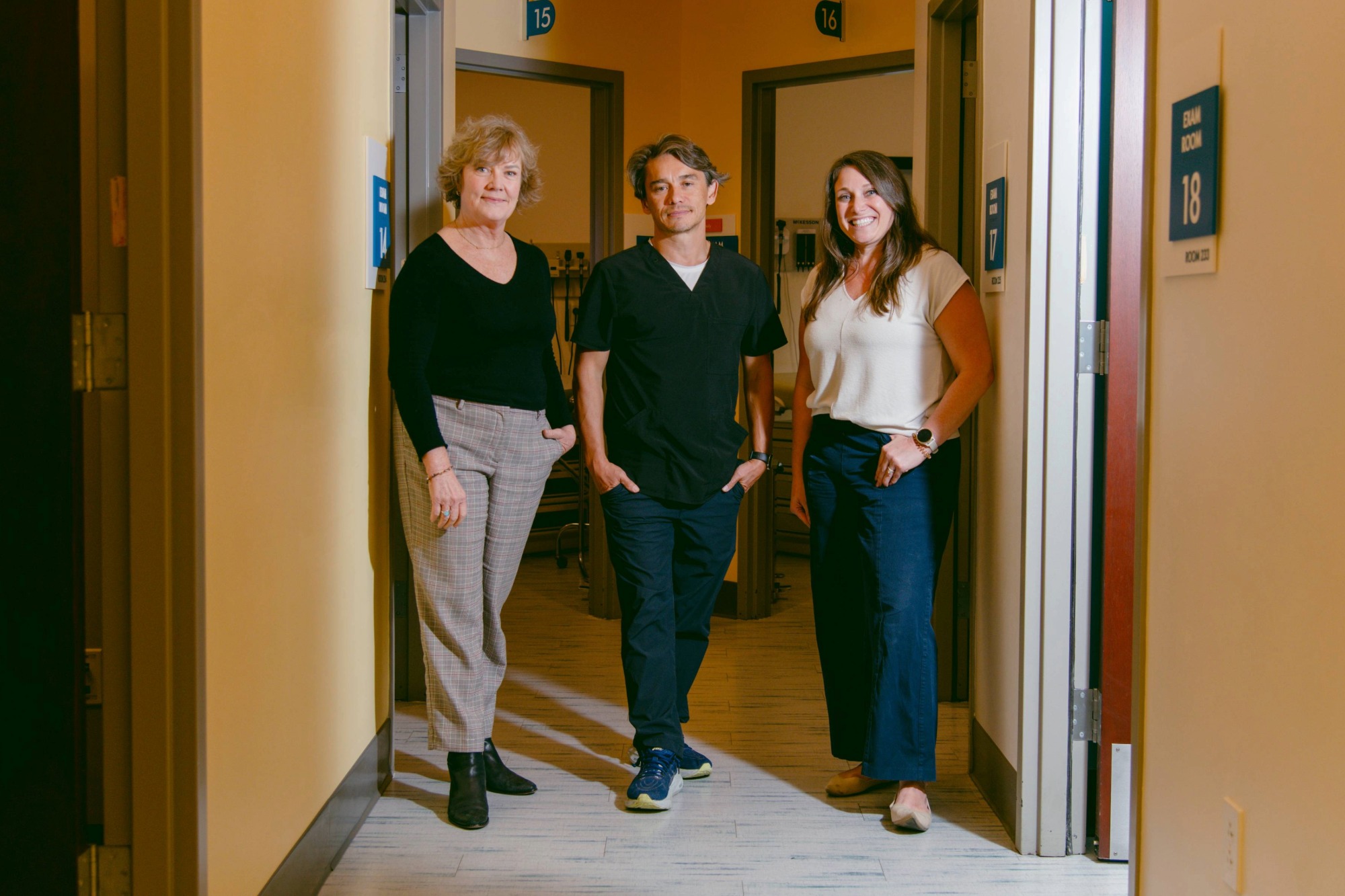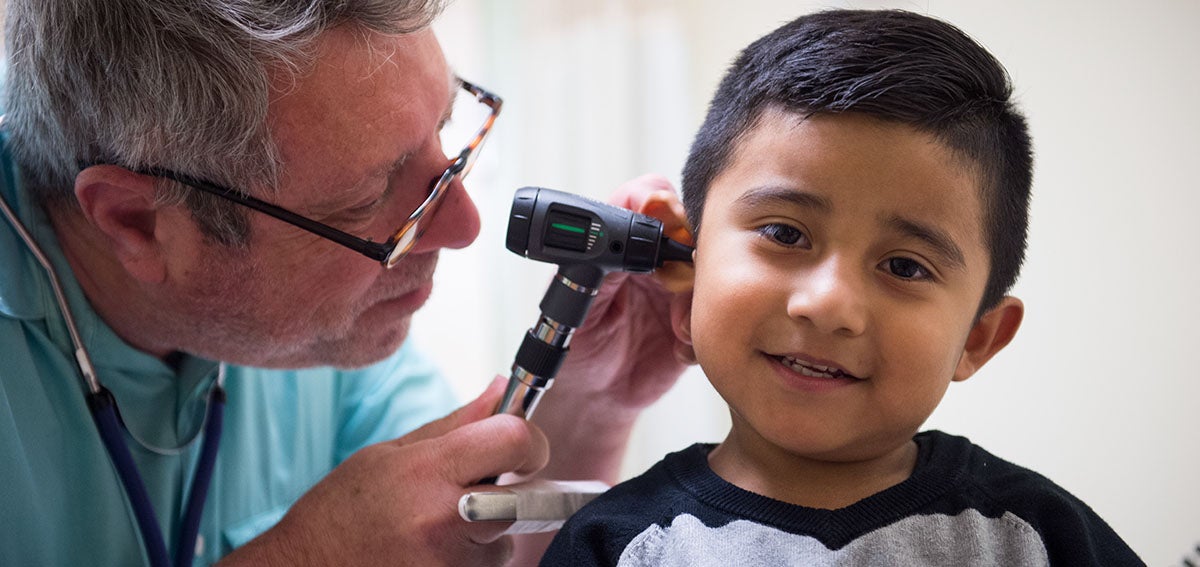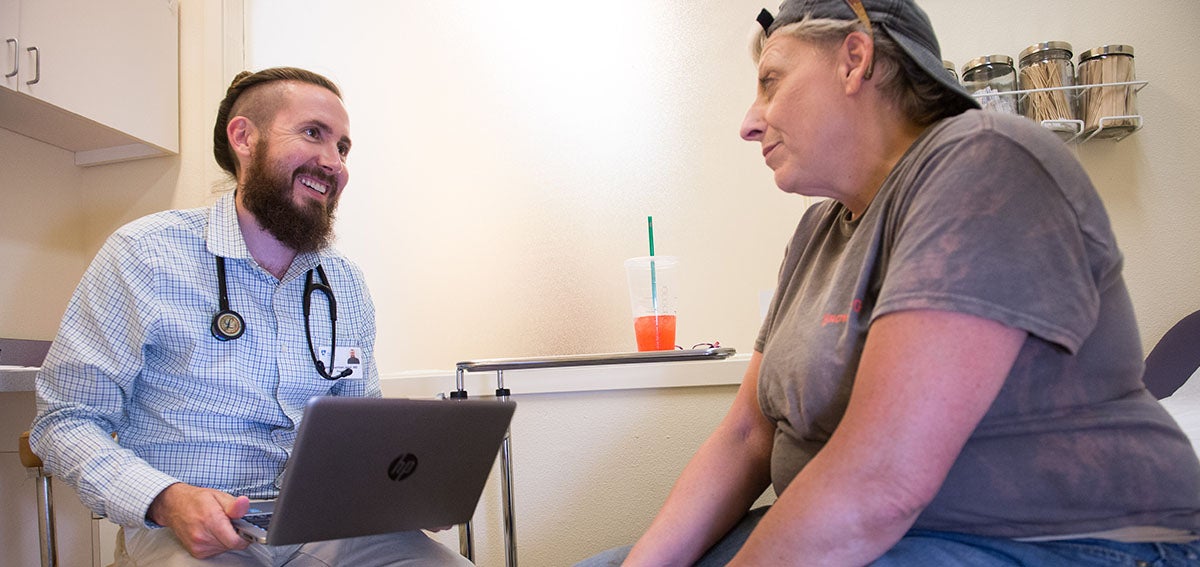
Most people in the US have withdrawn from their daily routines unless their jobs are essential. Quiet streets, shuttered stores, silent schools. More than 400,000 live with the knowledge that they have the disease, but the slowness of our testing means that multiples of that number are likely to be infected. In pockets around the country, hospitals feel the earliest surges from those most vulnerable to COVID-19, but countrywide, the tsunami is still out at sea.
The devastating effects of a tsunami are usually preceded by an abnormally fast and long low tide, as water is actually pulled away from shore toward the epicenter of the underwater earthquake. Most of the US currently sits in that temporary equipoise. Most Americans who receive any health care in a given year do so in a primary care setting, where they generally have the relationships that they count on most when they are sick — or scared that they might be. In 2016, primary care provided 54.5% of all patient care visits (PDF), and despite representing only 30% of the physician workforce, primary care physicians manage the majority of the care of people with the same high-risk conditions that put them at risk for the coronavirus. Research published in 2016 reminded us that the “ecology” of care-seeking and care-receiving behavior in the US has not changed in 60 years.
In a given month, 113 people in 1,000 visited primary care clinicians, while only 8 were hospitalized and less than one was cared for in any of the university hospitals that dominate the US health care landscape and conversation. Primary care clinicians are the predominant providers of health care in small towns and rural areas, where they often also staff many of the rural and critical access hospitals that those communities depend on. And although the relationship between the US population and its primary care workforce should therefore serve as protective breakers in the face of an unprecedented pandemic tsunami, the outgoing tide may actually be undermining the defensive wall before the surge arrives.
Continue reading this article on the Health Affairs Blog.
Authors & Contributors
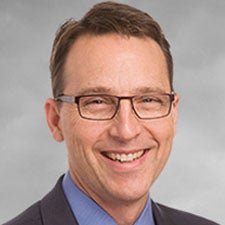
Robert L. Phillips
Robert L. Phillips, MD, is executive director of the Center for Professionalism and Value in Health Care, which aims to create space in which patients, health professionals, payers, and policy makers can work to renegotiate the social contract. The center seeks to define value across the health care spectrum, how to measure it, how to improve it, and how to engage and develop leaders. Phillips currently cochairs the Consensus Committee on Implementing High-Quality Primary Care for the Nationals Academies of Science, Engineering, and Medicine.
Prior to being named executive director of the center in 2018, Phillips was the ABFM vice president for research and policy. From 2004 until 2012, he was the director of the Robert Graham Center, a health policy research center in Washington, DC.

Andrew Bazemore
Andrew Bazemore, MD, MPH, serves as the senior vice president of research and policy for the American Board of Family Medicine (ABFM). Bazemore’s areas of focus include leading the next phase of development of the ABFM research enterprise, co-leading ABFM’s Center for Professionalism and Value in Health Care, and coordinating and developing ABFM career development activities.
Bazemore previously served as director of the Robert Graham Center for Policy Studies in Family Medicine in Washington, DC. Bazemore helped cultivate the growth and evolution of the Graham Center into an internationally-known primary care research center with diverse funding sources. He guided and participated in the Graham Center’s research with special interest in access to care for underserved populations, and health workforce and training. Bazemore also led the Graham Center’s emphasis on developing tools that empower primary care providers, leaders, and policymakers.
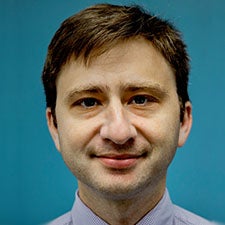
Aaron Baum
Aaron Baum is an assistant professor in the Department of Health System Design and Global Health at Icahn School of Medicine at Mount Sinai, in New York City. His research uses methods from empirical economics and statistics to evaluate and personalize the targeting of health services and policies.
He has a BS in mathematics from the University of Chicago, and a PhD from Columbia University, where he studied health and development economics. Baum has a primary appointment in the Department of Health System Design and Global Health at Mount Sinai and a secondary appointment in the Department of Genetics and Genomic Sciences. He is also affiliated with the Veterans Health Administration (New York Harbor) and Stanford University School of Medicine.

Jessica Brandi Lifland
Jessica Brandi Lifland is a freelance photographer, instructor of journalism at City College of San Francisco, and mother. Her work with publications and nonprofits such as Operation Smile, Tostan, and the California Health Care Foundation has taken her all over the world, including West Africa, the Middle East, Kosovo, Burma, Haiti, and South America.
For two decades she has been photographing the National Cowboy Poetry Gathering and has been working on a long-term project documenting the lives of the cowboy poets of the American West in affiliation with the Western Folklife Center. She plans to make her project into a book.

